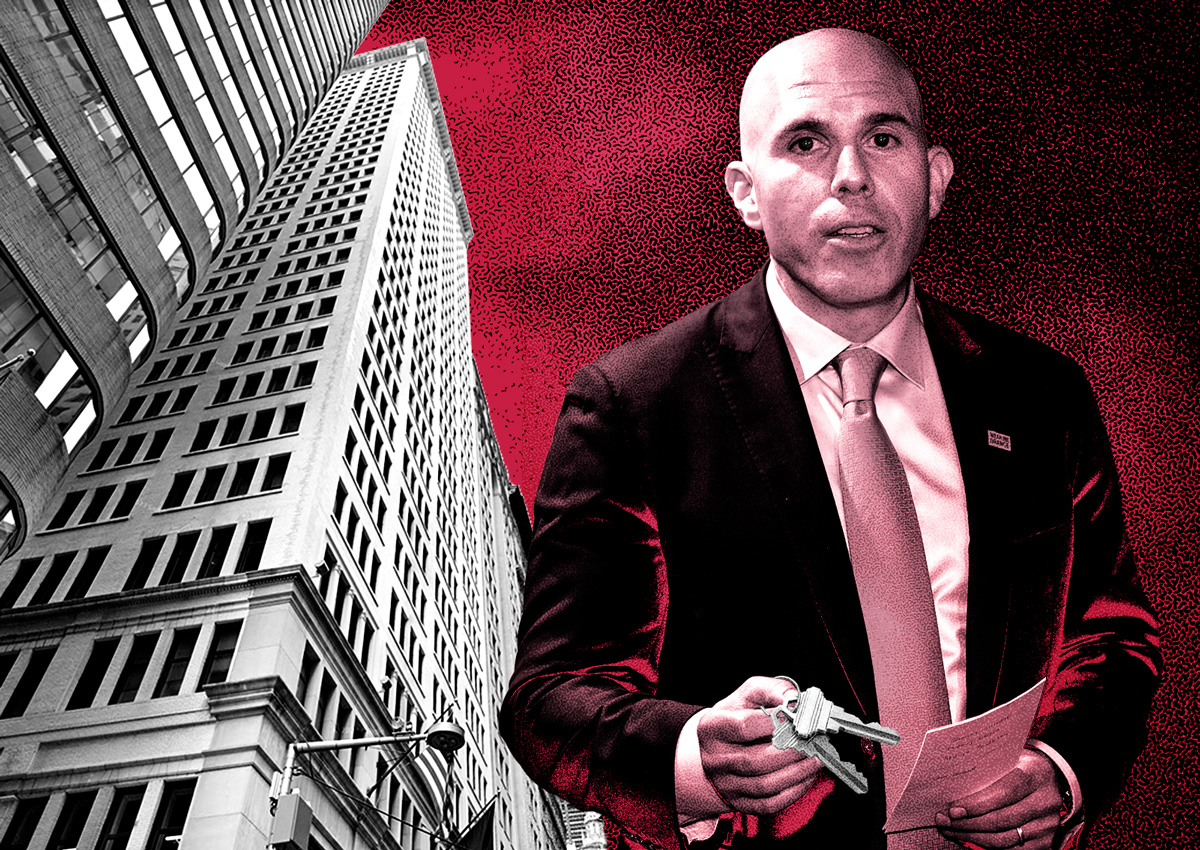 RXR spurs into Texas with purchase of Deep Ellum school building
RXR spurs into Texas with purchase of Deep Ellum school building
Trending
RXR’s play for Texas starts in Dallas
New York City landlord sees its multifamily demographic moving to the Sunbelt

RXR is making a play for Texas.
The New York City office landlord closed on a 100-year-old building in Dallas’ Deep Ellum entertainment district. The two-story building at 2625 Elm Street was previously a school owned by Uplift Education. In keeping with CEO Scott Rechler’s support for office-to-residential conversions, the firm plans to convert it to multifamily.
RXR’s focus on high-growth Sunbelt metros comes as it sloughs off its outdated Manhattan office buildings. In May, the firm defaulted on a $240 million loan and gave back the keys to a 33-story office tower in New York’s Financial District. Yet, it scored Manhattan’s second-largest commercial real estate loan in 2023 when it modified a $1.2 billion loan for an office building located at 1285 Sixth Avenue.
RXR’s head of sustainability investments, Eric Clement, chatted with The Real Deal about the firm’s plans for Texas. This interview has been edited for brevity and clarity.
Why is RXR interested in Dallas-Fort Worth?
You’ve got a lot of people migrating there, young millennials, empty nesters, willing to move somewhere else for a better quality of life. They’ve been moving to places like Deep Ellum. We created our second qualified opportunity zone fund, which is where we’re making this investment out of.
We want to build high quality housing for these particular demographics. When we look at demographic shifts that are taking place across the country, places like Deep Ellum are places where people are choosing to go. We feel we understand this particular demographic, because RXR built high-quality housing in and around the New York area. So, if we can apply a similar model across the country, we think that will be attractive to people.
Most multifamily developers in DFW are focusing their efforts on northern suburbs like Frisco and Irving. What’s the draw to Deep Ellum for RXR?
There were a couple of things about Deep Ellum that struck us. You’ve got the amazing history, the culture in Deep Ellum – music, art, architecture. It’s not exactly the same thing, but like in New York, you get that in Brooklyn. It gives you a different feel than being in the city core.
When it comes to multifamily housing, our CEO also talks about “meds, eds and well-leds.” What we’re talking about is the infrastructure that exists in any area where we invest – the medical institutions, the educational institutions, and “well-leds,” when you think about municipal government, the leadership at the top, how they support development and expansion.
What are RXR’s plans for the building?
The broad strokes? Multifamily. Obviously, subject to change, somewhere between seven and 10 stories, about 300 apartment units. Whenever we build multifamily housing, we always include a full amenity package. There will probably be a little bit of retail associated with it as well.
What are the challenges associated with converting this type of building to apartments?
We want to do our best to keep as much of the existing building as possible, because we really like the aesthetic, especially on Elm Street. The whole facade of the building is really cool. In order to build, [part of the structure will have to be demolished].
What are RXR’s plans for North Texas?
I do see us doing more transactions in Dallas. If we are really serious about this national expansion, generally speaking, you don’t do that by just doing one deal in a state.
We’re establishing other partnerships with other developers in the area. I think the firm feels really good about this particular deal. I could see us doing more for sure.
You’re RXR’s fund manager for social impact and sustainability investments. How does “social responsibility” factor into the development of multifamily?
When you think about ESG factors, on the environmental side, are we using distributed energy resources like battery or solar? In many of our multifamily developments, we’ve been implementing dynamic glass from a company in which we’ve invested, called View.
When you think about the social side of things, on the contracting side, what percentage of our contractors are local? We want to make sure we’re supporting the local economy. What percentage of those contractors are [minority and women-owned business enterprises]? We want to make sure we’re spreading out the work among everyone. Once we’re in operation, what percentage of the people who are working within our buildings are MWBE and local? In an ideal case, you don’t want to open up a new building and then start flying in people from New York to go work at a building in Dallas when you have people in Dallas that are perfectly capable.
Read more
 RXR spurs into Texas with purchase of Deep Ellum school building
RXR spurs into Texas with purchase of Deep Ellum school building
 Rechler’s ship-to-hotel plan in deep trouble
Rechler’s ship-to-hotel plan in deep trouble
 RXR defaults on FiDi office tower
RXR defaults on FiDi office tower



